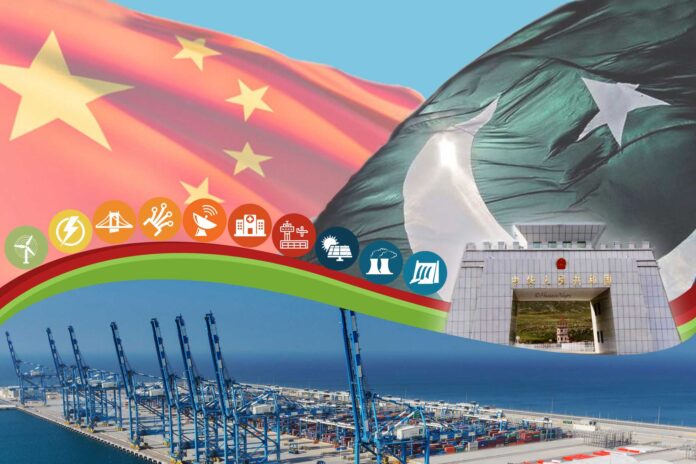(Updated 01:51 PST)
ISLAMABAD: Mega projects like China’s Belt & Road Initiative (BRI) and the China-Pakistan Economic Corridor (CPEC) can prove to be growth-pullers once the corona-led global recession is behind us, according to a report published by the World Bank (WB).
The WB’s report from last year which largely went unreported in Pakistan, forecasted Pakistan’s GDP to increase by up to 6.43pc till 2030, if one is to take only the investment on transport infrastructure under CPEC into account. However if one includes the impact of some policy measures like reducing border delays and reduction in tariffs that the World Bank proposes, Pakistan can add as high as 14.06pc to its GDP.
According to the WB, “The impact of a more ambitious set of reforms could magnify the gains from the new infrastructure network. For instance, if in addition to an improved infrastructure network also border delays were reduced by half, BRI economies could double the GDP gains coming from infrastructure investment alone. As all countries, BRI and non-BRI, are subject to border delays we find that non-BRI economies benefit as well from trade facilitation reforms. Low-income countries, which trade intensively with countries or tend to have long border delays, would disproportionately benefit from better border management. Better border management would allow firms located in low-income countries to access cheaper inputs increasing their competitiveness in foreign markets. As a consequence, demand for labor would increase pushing nominal wages up. Finally, a more efficient use of intermediate inputs and lower transport costs would lead to a decrease in prices of final goods.”
“As a second exercise, we simulate a 50pc reduction in applied tariffs among BRI
economies. Average tariffs in BRI countries are relatively high compared to tariffs in advanced economies. Applied tariffs in BRI countries vary between around 14pc in Sub-Saharan Africa and 2pc in East Asia and Pacific compared to applied tariffs of below 1pc in G7 countries. This trade rade policy could have a substantial effect on countries in South Asia that could increase the impact of infrastructure improvement alone by a factor of 5.
Interestingly, countries located in the Middle East and North Africa and in Europe and Central Asia would benefit more by combining infrastructure investment with trade facilitation policies rather than combining it with trade policies. This result is explained by relatively high border delays in these regions and by the fact that they rely disproportionately more on non-BRI countries in terms of inputs for their production. The effect of combining both a reduction in preferential tariffs and border delays would increase the benefits for both BRI and non-BRI members more than individual complementary policies alone.”
“Our results show that BRI transport infrastructure projects increase GDP for BRI
economies by up to 3.35pc. The model also shows that BRI-related transport projects could increase GDP for non-BRI countries by up to 2.61pc and for the world as a whole by up to 2.87pc. These numbers are larger than typical findings for regional trade agreements such as NAFTA using a similar methodology. Contrary to regional trade agreements, which decrease tariffs within a narrowly defined set of countries, the BRI is expected to decrease trade costs between a very large number of countries, including many economies that are not part of the initiative but whose trade flows will benefit from the improved transport infrastructure network when accessing (or transiting through) BRI countries.” the report stated.




